Amanda Hallay (who has never watched a game of American football in her life) reviews the Super Bowl halftime show.
Evidently, rock diva Beyonce ‘really nailed it’ at her Super Bowl performance. Yes. Her scantily clad and ‘ripped’ body glistening with fake sweat as she did her famous ‘moves’ in her barely-there leather leotard truly brought the house down. The country went into apoplexies of pleasure over Mrs Jay-Z’s ‘sexy and sizzling performance.’
I did not watch The Super Bowl. I’m from Europe, so I’m a soccer person. Soccer is easy to understand. Two teams try to kick a ball into opposing goals. True, the Offside Rule is a little hard to follow, but I console myself in the knowledge that even David Beckham probably doesn’t understand the Offside Rule, which allows me to luxuriate in the simple yet action-packed pleasure of a soccer match.
American football is just entirely too baffling for me; there’s too much stopping and starting and milling around between plays, and nobody ever plays against those long-legged, handsome men from Uruguay (as drooled over by Yours Truly throughout the last World Cup).
I do, however, watch the Super Bowl halftime show, and I do this not because I am hoping to be entertained (I never am), but because as a cultural analysis, trend forecaster and teacher, I need to know what form of entertainment – which artist, which song – is deemed ‘The Best’ and ‘Most Exciting’ of any given year.
Oh, quelle surprise; it’s Beyonce. Now, don’t get me wrong, I think Beyonce is beautiful and talented, and by all accounts she seems like a very nice person. What she isn’t, however, is ‘exciting’. How can she be, when all she does is the same thing that Madonna first did in 1986, and what a myriad of scantily clad pop stars (from Mariah Carey and Britney Spears to Rihanna, Nicki Minaj, and the ‘shocking’ Lady Gaga ) have been doing consistently for the past three decades; showing too much skin (skin oiled up to look as if they’re sweating) as they ‘shake their booty’, doing almost the exact same choreography as – not only as each other – but as Madonna first did when it was still considered ‘shocking’ and ‘exciting’ almost thirty years ago.
SPOT THE DIFFERENCE
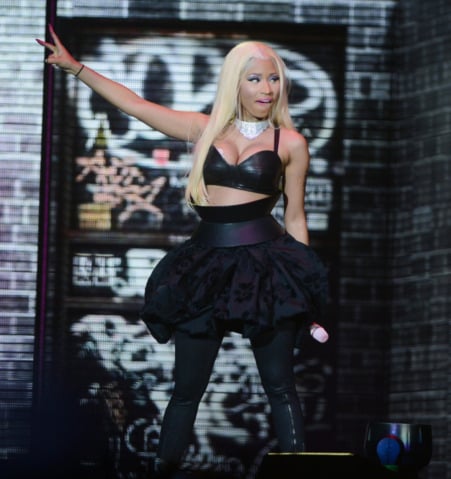
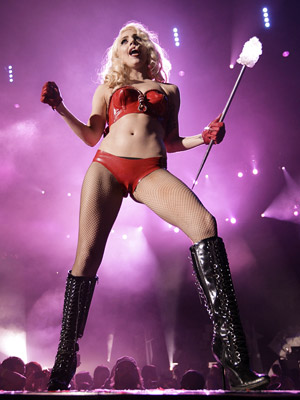


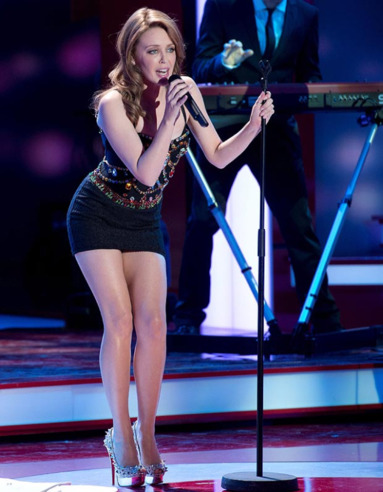
But it’s not exciting. It is ubiquitous. And it is WRONG. It is wrong because, by the very definition of rock/pop music, every year is supposed to offer something new and exciting, let alone every decade! Yet for almost three of them, the denotation of Female Pop Star has been some half-naked woman wearing a leather bikini, leather leotard, or leather bustier pretending to sweat as she gyrates on stage in high heels, the glue from her fake hair dripping down her forehead, seemingly unnoticed by the legions of fans who actually believe they’re seeing something new.
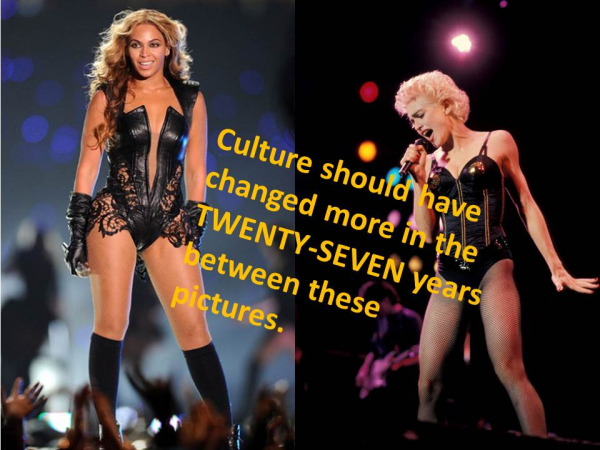
The twenty-seven years that divide Madonna and Beyonce should have brought about the same amount of change as the twenty-seven years that divide Madonna from Doris Day! Yet we have seemingly become so unchallenged and complacent as a society that we don’t even question why we’re (still) content to be ‘entertained’ by what is essentially the same performance that entertained us thirty years ago.
Or are we? The meteoric success of Adele seems to suggest that we are ready for something new (although, for those of us who know culture and know music, we are aware that Adele has modeled both her look and her voice on Sixties icon, Dusty Springfield), yet at least Adele keeps her clothes, her beautiful voice enough in itself to convince an ever-adoring public that she’s worth watching.

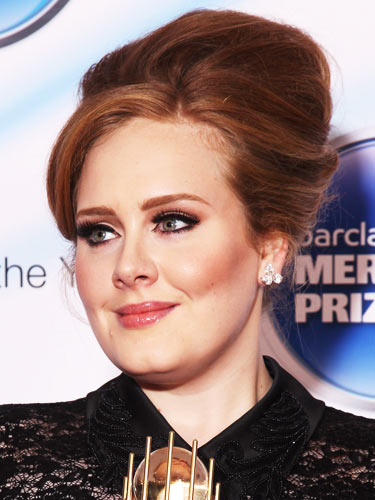
I was discussing this in one of my classes this week (actually, I’ve discussed it in all of my classes this week, as nothing is more exciting than challenging students to reconsider an accepted and mediated view), and one bright girl remarked; ‘But professor, if Adele had Beyonce’s body, don’t you think her management company or record label would make her dance around in a leather leotard, too?’
Sadly, I had to say ‘yes’.
Amanda Hallay is a full-time faculty member in the Fashion Merchandising Department, and teaches Cultural Connections to Fashion, Fashion Forecasting, Who Wore What When, Fashion Writing, and – most pertinent to this blog entry – POP CENTURY: A History of Popular Music in the Poswar Era.
Topics: LIM College, music, pop culture